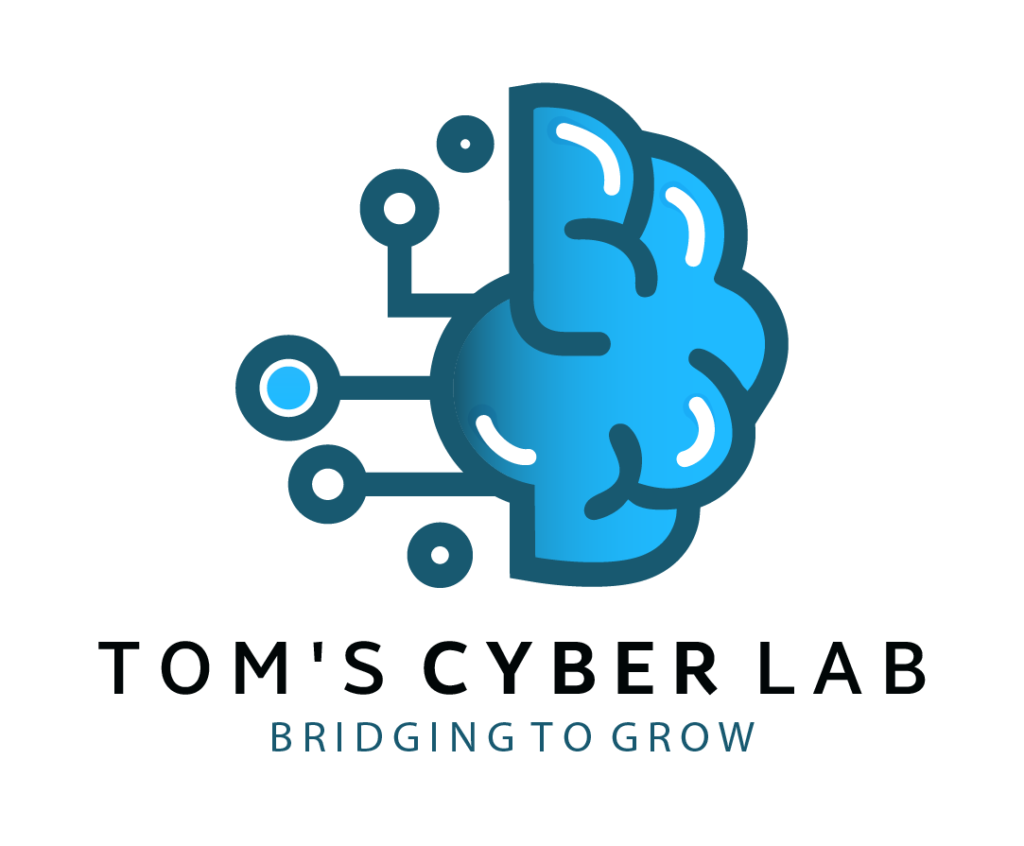At least anyone using the internet and has an email address has seen or received a phishing message once or a couple of times before. I am going to talk all about it here in this blog.
Phishing is a cybercrime in which a target or targets are contacted by email, telephone or text message by someone posing as a legitimate institution to lure individuals into providing sensitive data such as personally identifiable information, banking and credit card details, and passwords. The flow of phishing emails into the inboxes of organizations everywhere is relentless. Scammers employ a variety of techniques and their methods are constantly evolving.
Attacks aim to catch people off guard. They carry a sense of urgency, and they rely on people being distracted or stressed. Around 90% of the phishing emails reported employ social engineering techniques that have been in circulation for many years.
Common Features of Phishing Emails:
Too Good To Be True – Lucrative offers and eye-catching or attention-grabbing statements are designed to attract people’s attention immediately. For instance, many claim that you have won an iPhone, a lottery, or some other lavish prize. Remember that if it seems to good to be true, it probably is!
Sense of Urgency – A favorite tactic amongst cybercriminals is to ask you to act fast because the super deals are only for a limited time. Some of them will even tell you that you have only a few minutes to respond. When you come across these kinds of emails, it’s best to just ignore them. Sometimes, they will tell you that your account will be suspended unless you update your personal details immediately. Most reliable organizations give ample time before they terminate an account and they never ask you to update personal details over the Internet. When in doubt, visit the source directly rather than clicking a link in an email.
Hyperlinks – A link may not be all it appears to be. Hovering over a link shows you the actual URL where you will be directed upon clicking on it. It could be completely different or it could be a popular website with a misspelling, for instance www.bankofarnerica.com – the ‘m’ is actually an ‘r’ and an ‘n’, so look carefully.
Attachments – If you see an attachment in an email you weren’t expecting or that doesn’t make sense, don’t open it! They often contain payloads like ransomware or other viruses. The only file type that is always safe to click on is a .txt file.
Unusual Sender – Whether it looks like it’s from someone you don’t know or someone you do know, if anything seems out of the ordinary, unexpected, out of character or just suspicious in general don’t click on it!
(Source: https://www.phishing.org/what-is-phishing)
Common Phishing Scams
Deceptive Phishing
The most common type of phishing scam. Fraudsters impersonate a legitimate company in an attempt to steal people’s personal data or login credentials. Those emails frequently use threats and a sense of urgency to scare users into doing what the attackers want.
The success of a deceptive phish relies on how closely the attack email resembles a piece of official correspondence from the abused company. As a result, users should inspect all URLs carefully to see if they redirect to an unknown and/or suspicious website. They should also look out for generic salutations, grammar mistakes and spelling errors scattered throughout the email.
Spear Phishing
Fraudsters customize their attack emails with the target’s name, position, company, work phone number and other information in an attempt to trick the recipient into believing that they have a connection with the sender.trick the victim into clicking on a malicious URL or email attachment so that they will hand over their personal data. Given the amount of information needed to craft a convincing attack attempt, it’s no surprise that spear-phishing is very common on social media sites like LinkedIn & Facebook where attackers can use multiple data sources to craft a targeted attack email.
Pharming
As users become wiser to traditional phishing scams, some fraudsters are abandoning the idea of “baiting” their victims entirely. This method of phishing leverages cache poisoning against the domain name system (DNS), a naming system that the Internet uses to convert alphabetical website names, such as “www.facebook.com,” to numerical IP addresses so that it can locate and thereby direct visitors to computer services and devices.
Under a DNS cache poisoning attack, a pharmer targets a DNS server and changes the IP address associated with an alphabetical website name. That means an attacker can redirect users to a malicious website of their choice. That’s the case even if the victim enters the correct site name.
Vishing
Email is undoubtedly a popular tool among phishers.This type of phishing attack dispenses with sending out an email and instead goes for placing a phone call. As noted by Comparitech, an attacker can perpetrate this type of attack by setting up a Voice over Internet Protocol (VoIP) server to mimic various entities in order to steal sensitive data and/or funds.
Smishing
This method leverages malicious text messages to trick users into clicking on a malicious link or handing over personal information.
Below is an example

What to Do If You Suspect a Phishing Attack:
If you get an email or a text message that asks you to click on a link or open an attachment, answer this question: Do I have an account with the company or know the person that contacted me?
If the answer is “No,” it could be a phishing scam. Go back and review the tips in How to recognize phishing and look for signs of a phishing scam. If you see them, report the message and then delete it.
If the answer is “Yes,” contact the company using a phone number or website you know is real. Not the information in the email. Attachments and links can install harmful malware.
How to protect Yourself or Organization from Phishing Attacks:
1. Keep Informed About Phishing Techniques – New phishing scams are being developed all the time. Without staying on top of these new phishing techniques, you could inadvertently fall prey to one. Keep your eyes peeled for news about new phishing scams. By finding out about them as early as possible, you will be at much lower risk of getting snared by one. For IT administrators, ongoing security awareness training and simulated phishing for all users is highly recommended in keeping security top of mind throughout the organization.
2. Think Before You Click! – It’s fine to click on links when you’re on trusted sites. Clicking on links that appear in random emails and instant messages, however, isn’t such a smart move. Hover over links that you are unsure of before clicking on them. Do they lead where they are supposed to lead? A phishing email may claim to be from a legitimate company and when you click the link to the website, it may look exactly like the real website. The email may ask you to fill in the information but the email may not contain your name. Most phishing emails will start with “Dear Customer” so you should be alert when you come across these emails. When in doubt, go directly to the source rather than clicking a potentially dangerous link.
3. Install an Anti-Phishing Toolbar – Most popular Internet browsers can be customized with anti-phishing toolbars. Such toolbars run quick checks on the sites that you are visiting and compare them to lists of known phishing sites. If you stumble upon a malicious site, the toolbar will alert you about it. This is just one more layer of protection against phishing scams, and it is completely free.
4. Verify a Site’s Security – It’s natural to be a little wary about supplying sensitive financial information online. As long as you are on a secure website, however, you shouldn’t run into any trouble. Before submitting any information, make sure the site’s URL begins with “https” and there should be a closed lock icon near the address bar. Check for the site’s security certificate as well. If you get a message stating a certain website may contain malicious files, do not open the website. Never download files from suspicious emails or websites. Even search engines may show certain links which may lead users to a phishing webpage which offers low cost products. If the user makes purchases at such a website, the credit card details will be accessed by cybercriminals.
5. Check Your Online Accounts Regularly – If you don’t visit an online account for a while, someone could be having a field day with it. Even if you don’t technically need to, check in with each of your online accounts on a regular basis. Get into the habit of changing your passwords regularly too. To prevent bank phishing and credit card phishing scams, you should personally check your statements regularly. Get monthly statements for your financial accounts and check each and every entry carefully to ensure no fraudulent transactions have been made without your knowledge.
6. Keep Your Browser Up to Date – Security patches are released for popular browsers all the time. They are released in response to the security loopholes that phishers and other hackers inevitably discover and exploit. If you typically ignore messages about updating your browsers, stop. The minute an update is available, download and install it.
7. Use Firewalls – High-quality firewalls act as buffers between you, your computer and outside intruders. You should use two different kinds: a desktop firewall and a network firewall. The first option is a type of software, and the second option is a type of hardware. When used together, they drastically reduce the odds of hackers and phishers infiltrating your computer or your network.
8. Be Wary of Pop-Ups – Pop-up windows often masquerade as legitimate components of a website. All too often, though, they are phishing attempts. Many popular browsers allow you to block pop-ups; you can allow them on a case-by-case basis. If one manages to slip through the cracks, don’t click on the “cancel” button; such buttons often lead to phishing sites. Instead, click the small “x” in the upper corner of the window.
9. Never Give Out Personal Information – As a general rule, you should never share personal or financially sensitive information over the Internet. This rule spans all the way back to the days of America Online, when users had to be warned constantly due to the success of early phishing scams. When in doubt, go visit the main website of the company in question, get their number and give them a call. Most of the phishing emails will direct you to pages where entries for financial or personal information are required. An Internet user should never make confidential entries through the links provided in the emails. Never send an email with sensitive information to anyone. Make it a habit to check the address of the website. A secure website always starts with “https”.
10. Use Antivirus Software – There are plenty of reasons to use antivirus software. Special signatures that are included with antivirus software guard against known technology workarounds and loopholes. Just be sure to keep your software up to date. New definitions are added all the time because new scams are also being dreamed up all the time. Anti-spyware and firewall settings should be used to prevent phishing attacks and users should update the programs regularly. Firewall protection prevents access to malicious files by blocking the attacks. Antivirus software scans every file which comes through the Internet to your computer. It helps to prevent damage to your system.
Conclusion:
You don’t have to live in fear of phishing scams. By keeping the tips above in mind, you should be able to enjoy a worry-free online experience!


